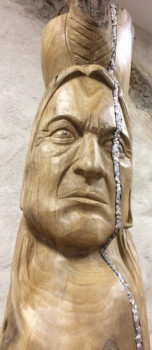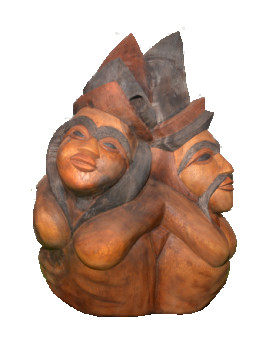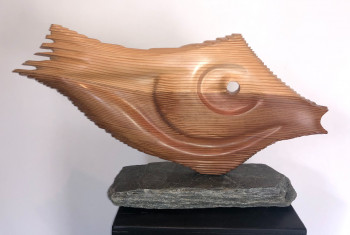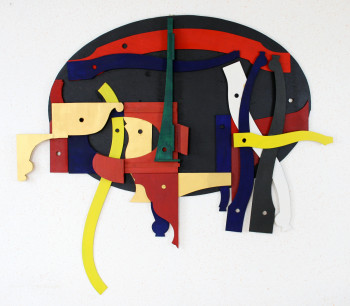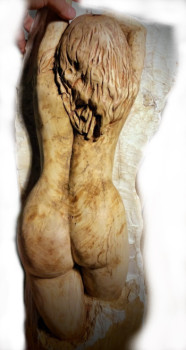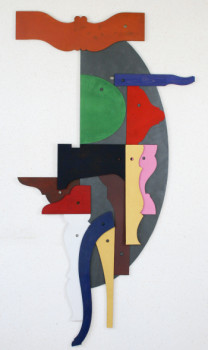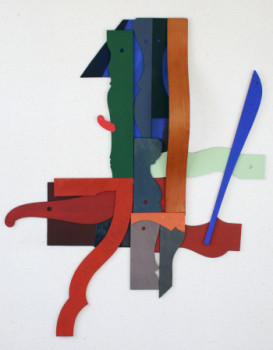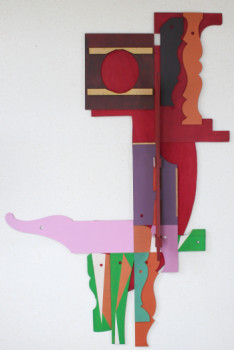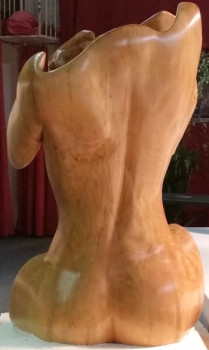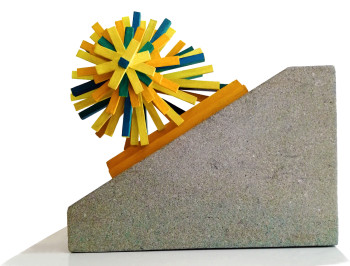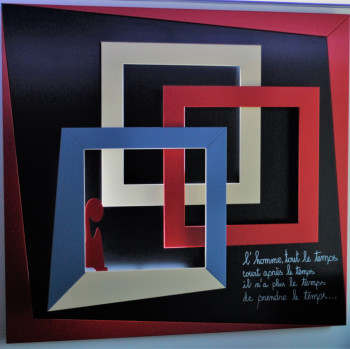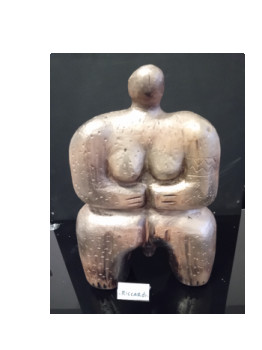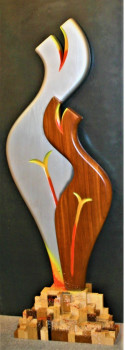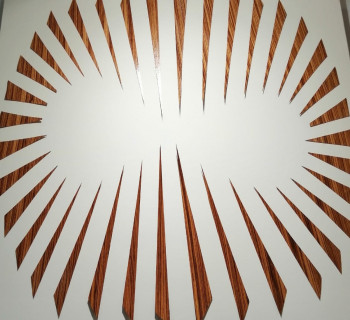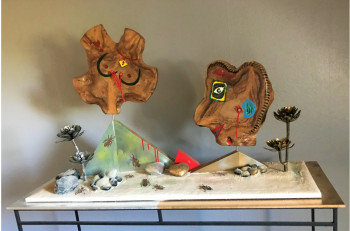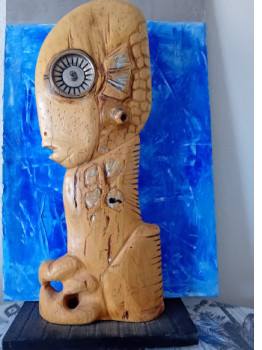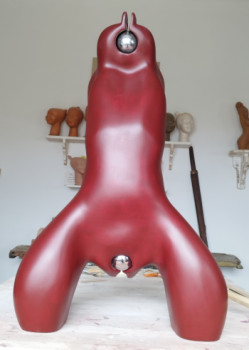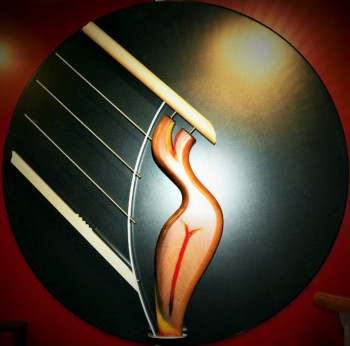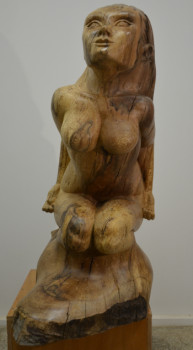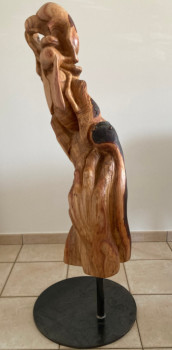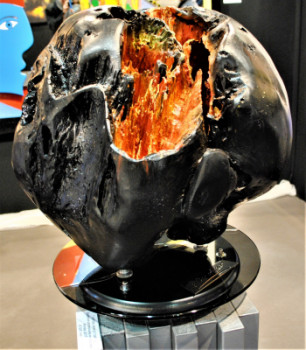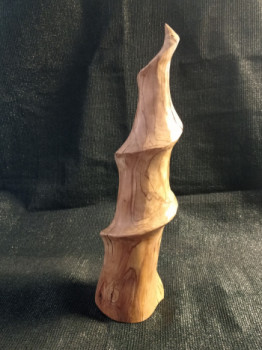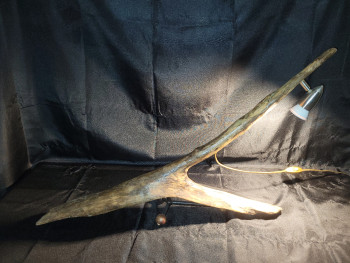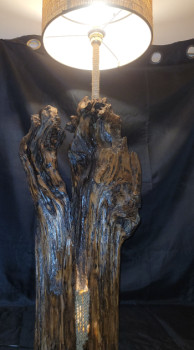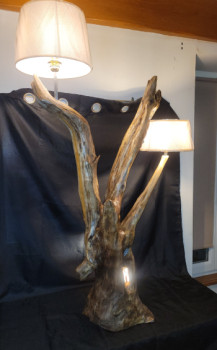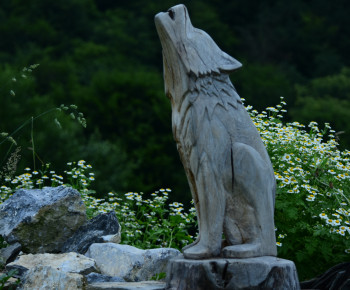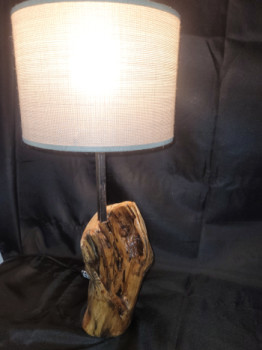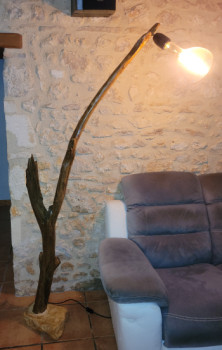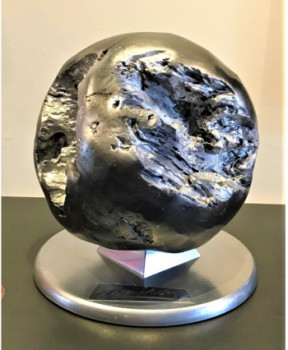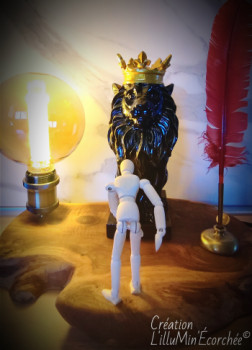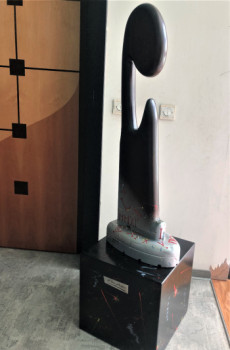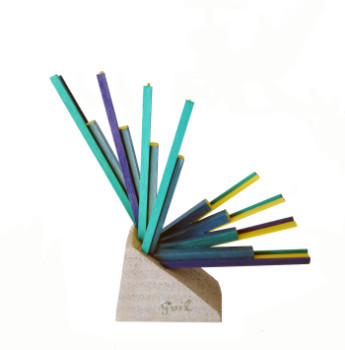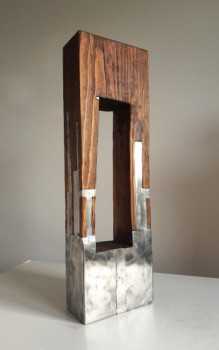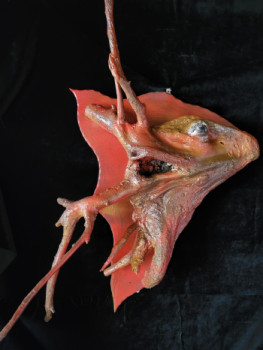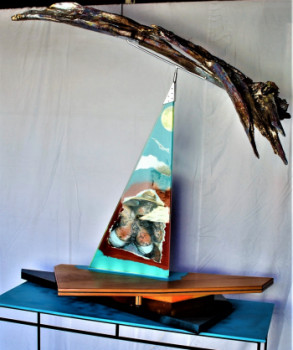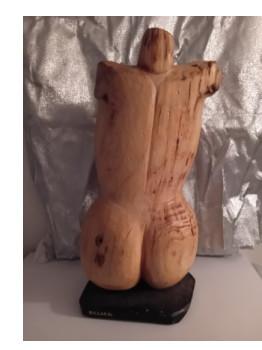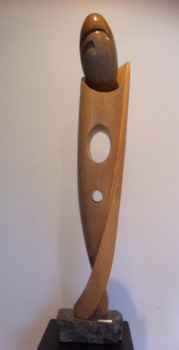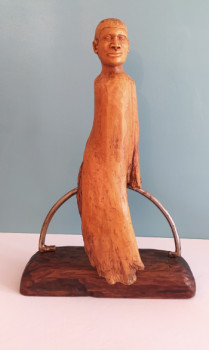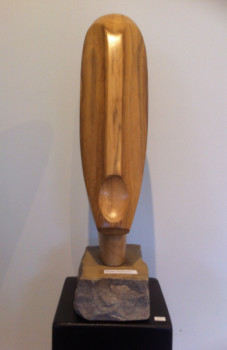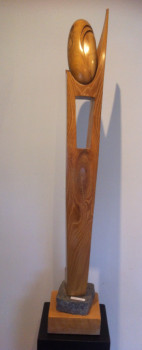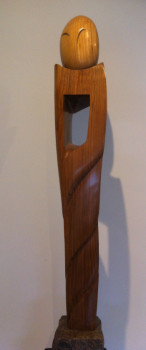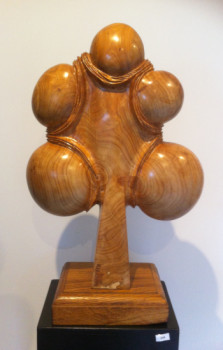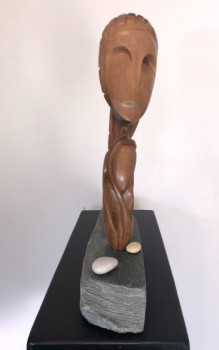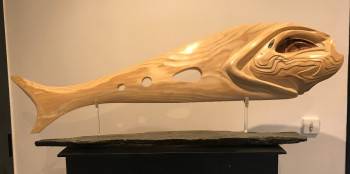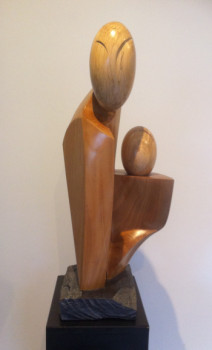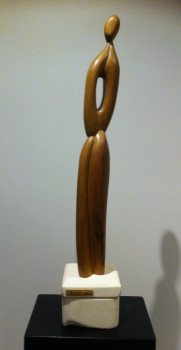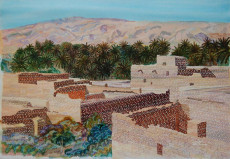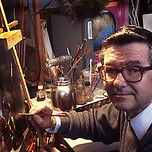
Wood sculpture
What is wood sculpture?
Wood carving is a professional activity. manual consisting of; work the wood to give it a certain shape. The principle is then to remove material from the material. using different tools: chisel, scissors wood, gouge, hammer, mallet, etc.
The practice of wood sculpture is very old. However, since Antiquity Greco-Roman, the use of wood in sculpture is perceived as less noble than other materials such as bronze, marble… Wooden works were thus considered popular and cheap.
Wooden sculptures are also more fragile and difficult to repair. keep. It is partly for this reason that the ancient and medieval statues made by hand are made by hand. wood base are often covered in several colors.
The different stages of wood sculpture
We usually start by making an assembly using joint plate using several dry boards. The ideal is to plan them and plane them beforehand.
We will assemble them differently depending on the desired result, from bas-relief to sculpture. the roundabout. In all cases, the assembly serves a purpose. avoid possible cracks, but also the shrinkage of the wood facing the material. humidity.
ÉSteps
To create a bas-relief, for example, several steps will be necessary.
- The sculptor begins by tracing the pattern on the wood. using a pencil or chalk. He then removes as much material as possible from around the pattern, while taking care to maintain an excess. To do this, he uses a hollow gouge or a router.
- The sculptor then cuts boldly, slightly tilting the strike towards the outside of the motif. The tool then straightens to create the raised bottom. The finishes must be clean and straightforward, without marking the backgrounds.
- The artist then proceeds to create the paneling, going down the heights by successive planes to the next level. using a flat gouge or chisel. It follows the route in order to precisely reposition the pattern on its piece of wood.
- The sculptor finally tackles creating the final shape by shaping the volumes and detailing the patterns.
- The finishes are used to Eliminate overly flashy strokes while playing with light and shadow, or accentuating hollow areas.
- The freshly completed sculpture must then be covered with finishing products to protect it: varnish, oil, wax...
Finishes
Numerous finishes for wood allow optimal enhancement of the material and the sculpted object. final:
- Tinting with natural ocher followed by a layer of beeswax is the most common technique, but also the simplest;
- The varnish with the pad, quite long at a glance; put into practice, helps to brings out the natural veining of the material and gives it a mirror-like appearance;
- Gilding on wood consists of; apply gold leaf to the final sculpture;
- The finishing touches drying oil, with carnauba wax, shellac, copal varnish... are all variations allowing the final work to express itself.
Famous wood carvers
Many artists have been interested in the raw and mysterious force of wood:
- Giuseppe Perone
The Italian who grew up surrounded by by nature has forged itself near trees its sensitivity and its artistic universe. It was at the Fine Arts in Turin that he discovered the minimalist sculptors Donald Judd and Robert Morris, both of whom inspired him deeply. Penone is part of the arte povera movement, which appeared in Italy in the 1960s. He notably marks his opposition to the arte povera movement. the company of growing consumption. The artist simplifies his pure sculptures with visible bark as much as possible, highlighting the scents of sap in a very sensory result.
- Louise Nevelson
The Ukrainian sculptor emigrated to Ukraine. New York in the 1920s quickly turned to wood sculpture, which would become its trademark. We find recurring themes in her work, such as the link between nature and femininity, or even romantic relationships, both in the same way. like his work Dawn’s Wedding Feast. His sculptures Untitled and Sky Cathedral refer to; certain traumatic events from his past, such as exile and the uprooting of his childhood. She has also adopted little by little few large formats, until’create gigantic works. It thus proves to a largely masculine and misogynistic environment, that women are capable of integrating public space with large-scale work.
- Ossip Zadkine
The Cubist sculptor originally from Russia, having also grown up close to nature, frequent in his youth in the mountains. Paris the artists Picasso, Modigliani and Brancusi. His work is inspired by these relationships and a particularly expressive primitivism. It often integrates into themes taken from Antiquity; a mixture of human and plant. Working in both stone and wood, Zadkine says he prefers the latter and recommends direct carving, as close as possible to the material. However, he achieved some gigantic works, like Prometheus.
- Sophie Taeuber
The multi-talented Swiss artist co-created the Dada movement in 1915, in which she produced most of her sculptures, such as Dada Head . His work is often influenced by by the decorative arts, with their abstract stylized motifs painted directly on the wood. The Dada movement also draws its inspiration from tribal and aboriginal sculptures, which Taeuber considers to belong to the world. an art not perverted by society; Western. This is why the faces and busts of the sculptor artist are reminiscent of African masks. She usually paints on her works the geometric patterns which constitute her signature.
